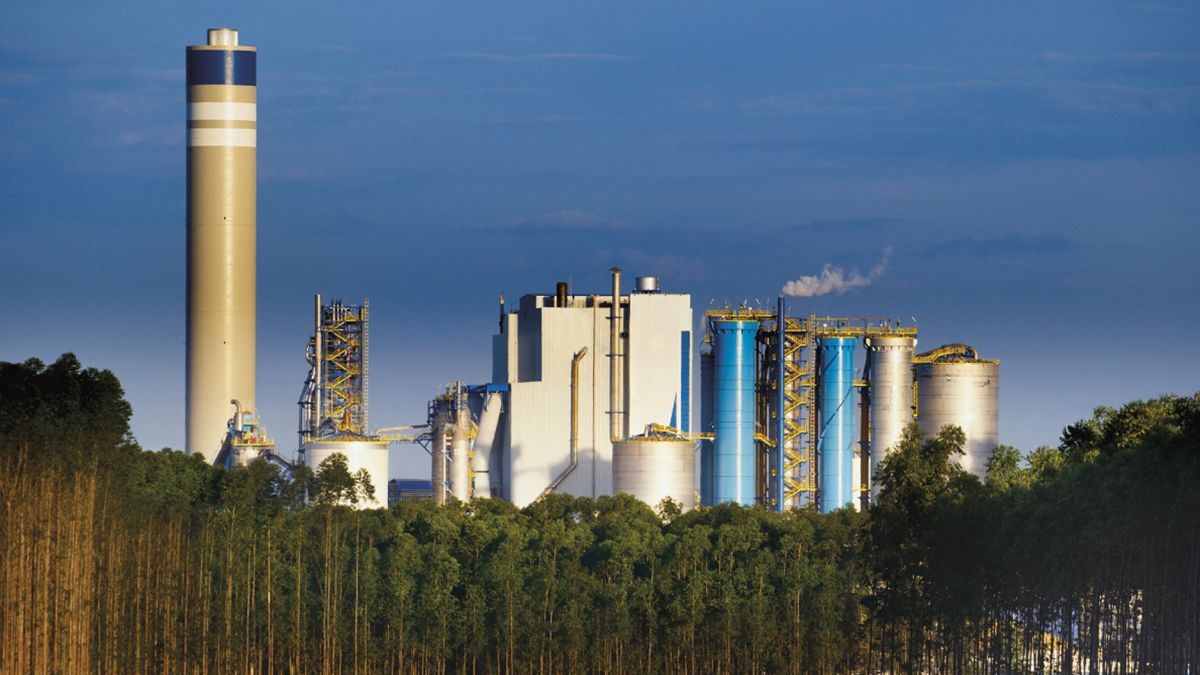The Project Closed in the state of Mato Grosso do Sul will be the largest single-line factory in the world, directly impacting global supply.
The Brazilian company Suzano, the largest producer of cellulose in the world, began operations at its Closed Project in the state of Mato Grosso do Sul, a mega-plant that once completed will be the largest single-line pulp mill in the world, with the capacity to produce 2.55 million metric tons per year.
The content you want to access is exclusive for subscribers.
The boost from the new plant will further expand its supply of bleached eucalyptus pulp, as total production is forecast at 900,000 tonnes by the end of the current year and 2.0 million tonnes within 12 months, which translates directly into increased competition for the Uruguayan exports of biopolymer and downward pressure on prices due to increased supply in the region.


In 2023, cellulose exports reached historic values in Uruguaypositioning itself as the second most important product, after a 7% increase over what was exported in 2022, resulting in a turnover of 2,019 million dollars. In June, biopolymer sales climbed 50% year-on-year and reported some 219 million dollars.
In addition to the new Brazilian plant, we must add the start of the MAPA project (Modernization and Expansion of the Arauco Plant) in Chiliby the Chilean giant Arauco in 2023, which will allow it to produce some 1.56 million tons per year on that surface.
In Uruguaythe Finnish plant UPM in Brother Bentos has the capacity to produce about 1.3 million tons of cellulose per year, while that of Bulls’ Passage about 2.1 million tons per year. To this must be added 1.4 million tons per year from the Montes del Plata plant (owned by Arauco and the Swedish-Finnish Stora Enso) in Cologne.
The context of the global cellulose market
Since the beginning of the year, due to falls in inventories, an increase in consumption in Europe and the supply disruptions generated by the massive flooding in Rio Grande do Sul (Brazil), among other factors, pushed pulp prices from nearly $700 to more than $1,300 per ton.
The reference price for short-fiber cellulose at 1,320 dollars, which reached 1,690 dollars at the beginning of the month, being the highest in history in nominal terms, represents a good scenario for Uruguaybut this could change rapidly with the increase in regional supply.
Source: Ambito




